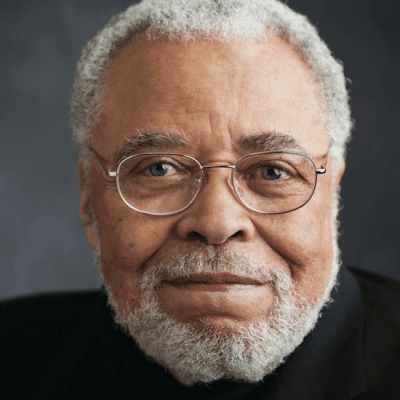
The controversy surrounding Ta-Nehisi Coates’ acclaimed book “Between the World and Me” in the Lexington-Richland District 5 School Board meeting in South Carolina is disheartening. Coates wrote this book as a heartfelt letter to his teenage son, delving into the experiences of being Black in America, making it a significant work on racial issues.
The incident happened when high school teacher Mary Wood included the book in her AP Language and Composition lesson. Following discussions about racism and systemic issues, some students expressed feeling uncomfortable and ashamed because of their Caucasian identity. As a result, the school board decided to remove the book from the curriculum and discontinue the assignment.
The school board’s concerns were related to a rule in the South Carolina budget, which prohibits the use of state funds for teaching that anyone is inherently racist based on their race and aims to prevent lessons that cause discomfort, guilt, or anguish based on race.
During the meeting, Ta-Nehisi Coates silently supported Mary Wood and her decision to use his book in the classroom. Though he didn’t speak, others, including Tess Pratt, the head of Chapin High’s English department, defended the book and expressed regret for taking it away from the students. PEN America, an organization advocating for free expression, criticized the book’s removal as an act of government censorship.
Discussions about race and racism can be challenging but are crucial for students to gain understanding and empathy. Banning books that address these issues may hinder meaningful conversations and limit students’ exposure to diverse perspectives.
It’s vital for schools to create an environment that encourages open dialogue and critical thinking, even on sensitive topics. Engaging with thought-provoking literature, such as “Between the World and Me,” can help students develop a deeper perspective of different experiences and promote inclusivity in the classroom.









